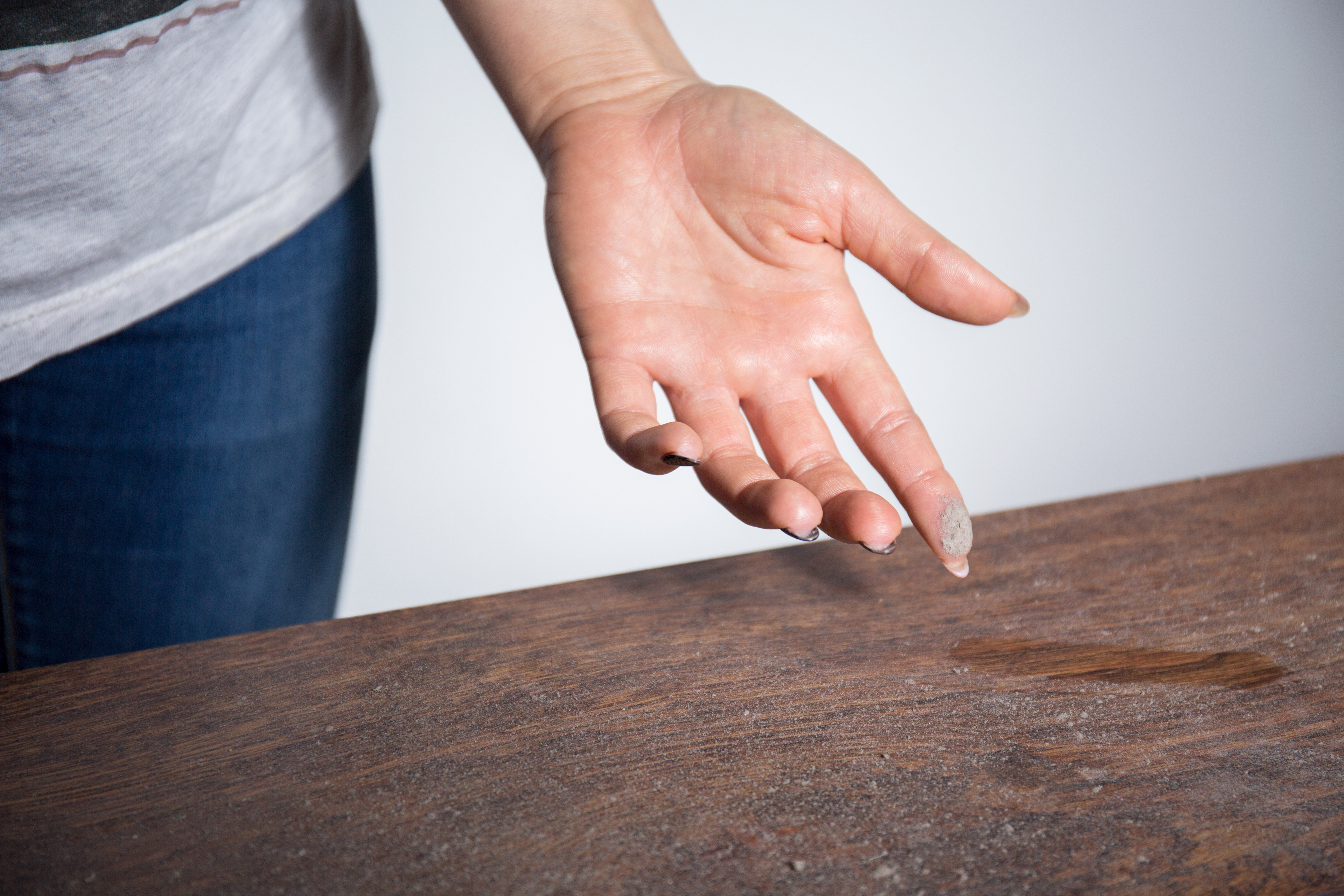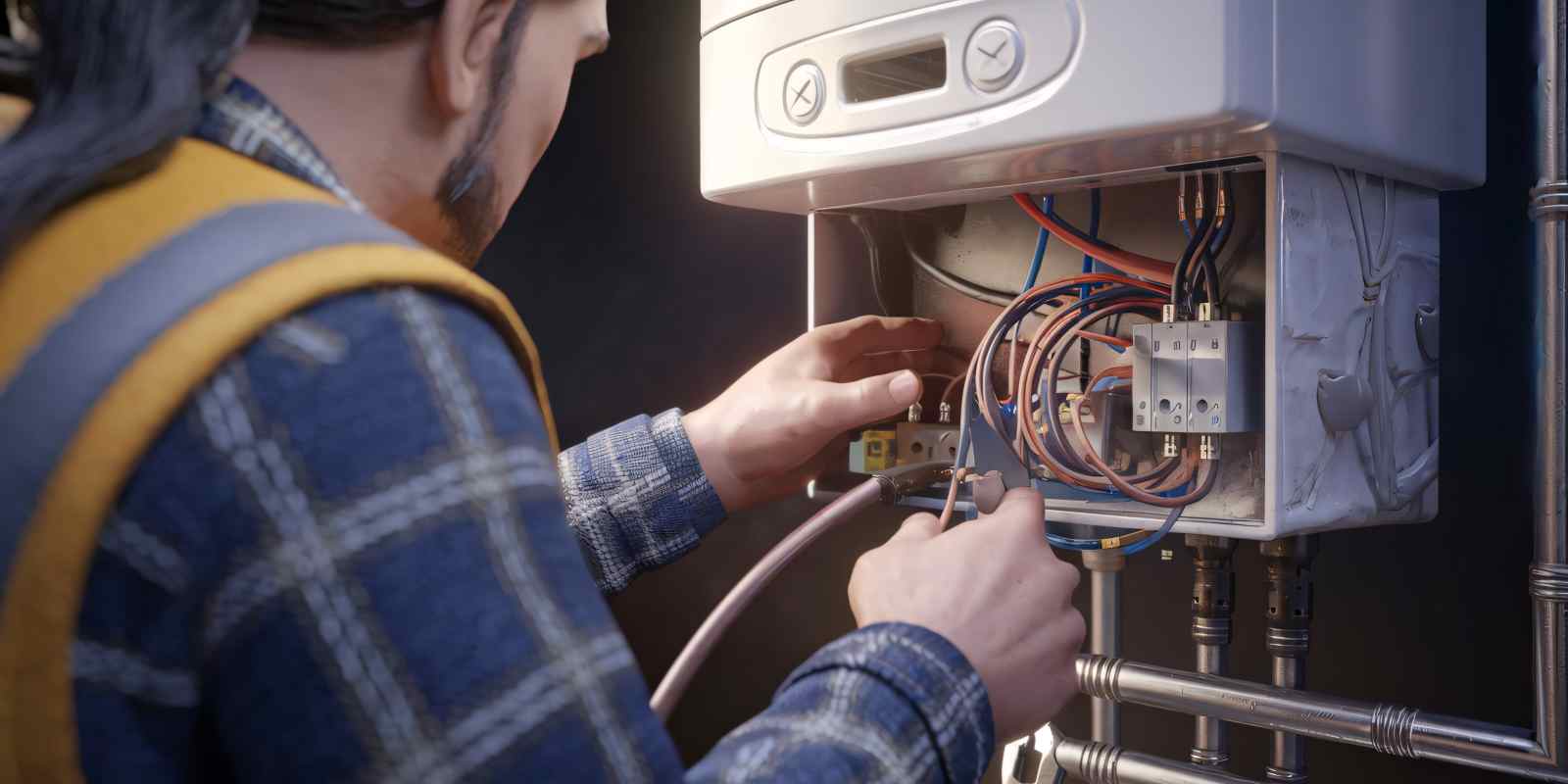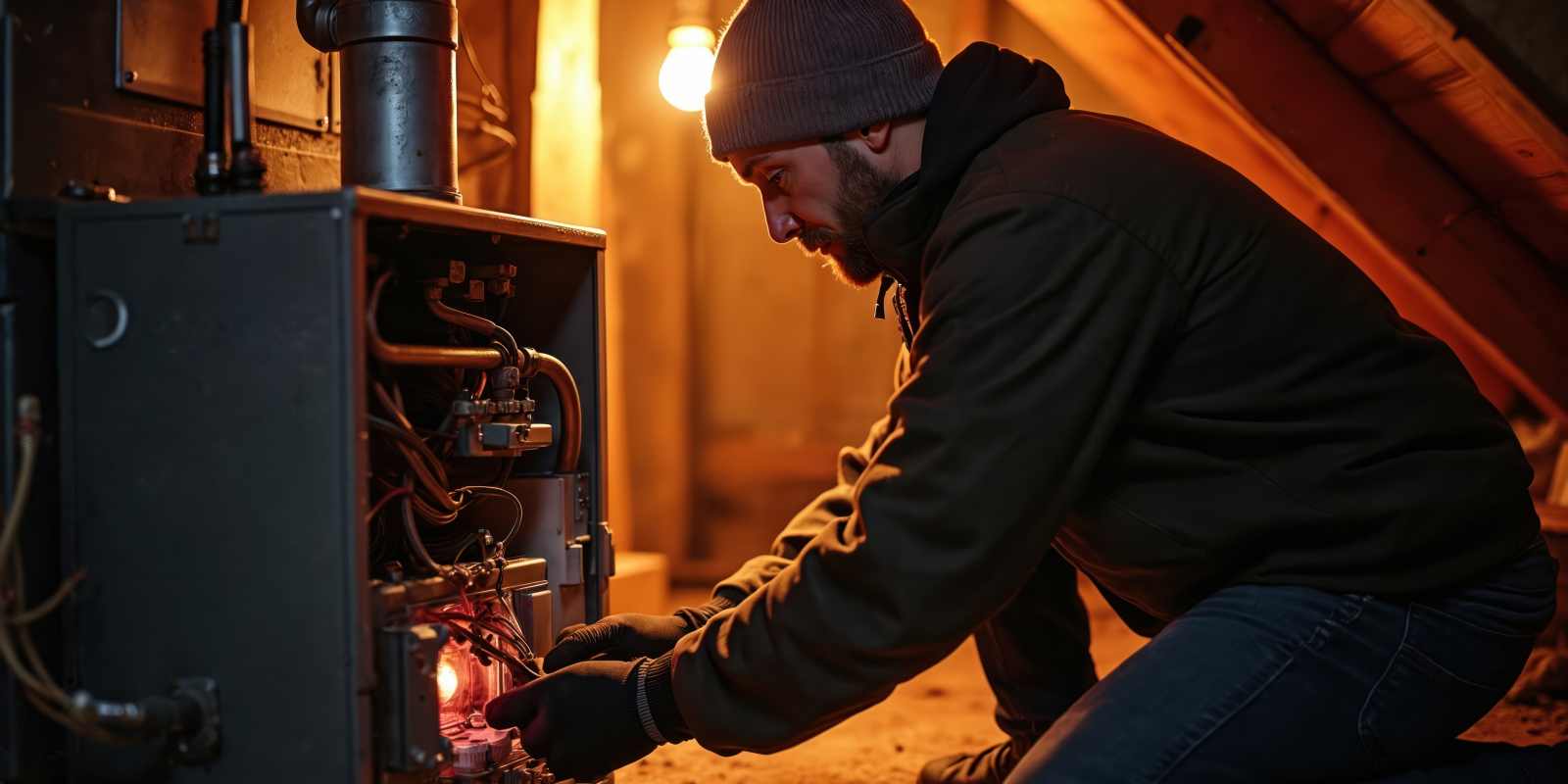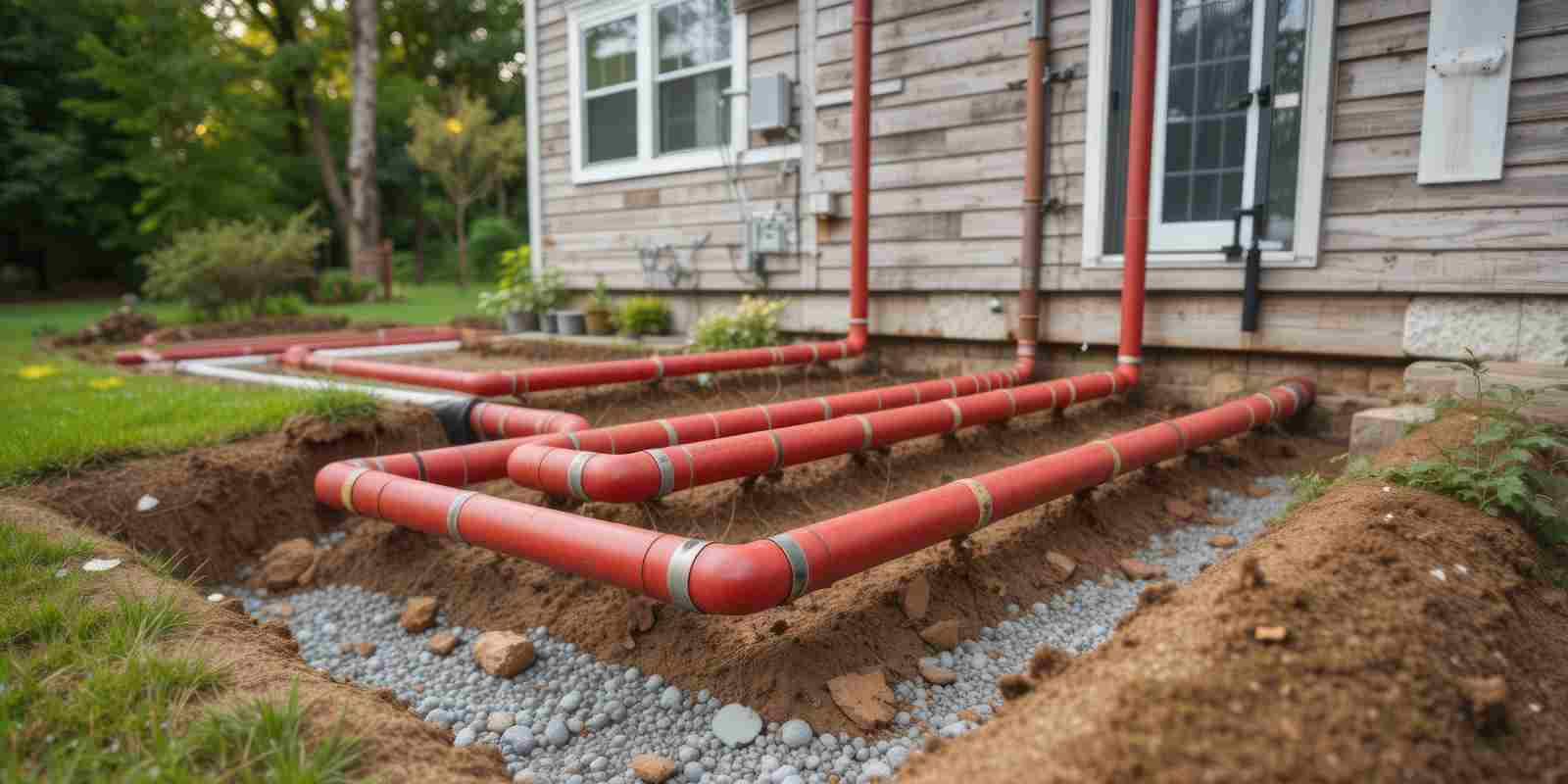
If you find yourself constantly dusting surfaces only to see that fine layer of particles reappear almost immediately, you might be asking yourself, “Why is my house so dusty?” Dust is an inevitable part of life, but excessive dust can be more than just a nuisance; it can also affect your health and the longevity of your belongings. Understanding the sources of dust and how to manage them can make your home a cleaner, healthier place to live. Let’s explore the common culprits behind a dusty home and some effective strategies to keep the dust at bay.
Common Sources of Household Dust
1. Outdoor Pollutants
Outdoor dust and pollutants can easily make their way into your home through open windows, doors, and on your shoes. Pollen, dirt, and other particles get carried inside and settle on your surfaces.
2. Pet Dander
If you have pets, their dander (tiny flakes of skin), fur, and even litter can significantly contribute to the dust levels in your home. Regular grooming and cleaning of your pets and their living spaces can help reduce this source of dust.
3. Human Skin and Hair
Humans shed thousands of skin cells and hair strands daily. These become part of household dust, especially in areas where people spend a lot of time, like bedrooms and living rooms.
4. Fabric Fibers
Your home is full of fabrics that shed fibers, including carpets, rugs, curtains, upholstery, and bedding. These fibers contribute significantly to the dust buildup in your home.
5. HVAC Systems
Heating, ventilation, and air conditioning (HVAC) systems can circulate dust if they are not properly maintained. Dirty filters and ducts can blow dust around your home, making the problem worse.
6. Inadequate Ventilation
Poor ventilation can cause dust to accumulate, as there’s nowhere for the particles to go. Stagnant air in your home can lead to a higher concentration of dust.
Effective Strategies to Reduce Dust
1. Regular Cleaning Routine
Dusting and vacuuming your home frequently can help manage dust levels. Use a vacuum cleaner with a HEPA filter to trap dust particles effectively. For surfaces, use a damp cloth or electrostatic duster to capture dust instead of just moving it around.
2. Maintain HVAC Systems
Change your HVAC filters regularly, at least every three months, and consider getting your ducts cleaned periodically. Contact A. Borrelli for professional help. Clean filters help trap dust particles before they circulate through your home.
3. Use Air Purifiers
Air purifiers with HEPA filters can significantly reduce the amount of dust in the air. Place them in high-traffic areas or rooms where dust seems to accumulate the most.
4. Implement a No-Shoes Policy
Adopting a no-shoes policy inside your home can greatly reduce the amount of outdoor dirt and dust brought inside. Provide slippers or indoor shoes for guests to wear.
5. Groom Pets Regularly
Regularly brushing and bathing your pets can minimize the amount of pet hair and dander in your home. Keep pet bedding clean and wash it frequently.
6. Reduce Clutter
Cluttered spaces can collect dust more easily. Keeping surfaces clear and minimizing the number of items exposed to air can help reduce dust accumulation.
7. Wash Fabrics Frequently
Bedding, curtains, and other fabrics should be washed regularly to prevent dust buildup. Consider using dust-mite-proof covers for pillows and mattresses.
While you can never completely eliminate dust from your home, understanding its sources and implementing effective strategies can significantly reduce its presence. A cleaner, less dusty home not only looks better but also provides a healthier living environment.



